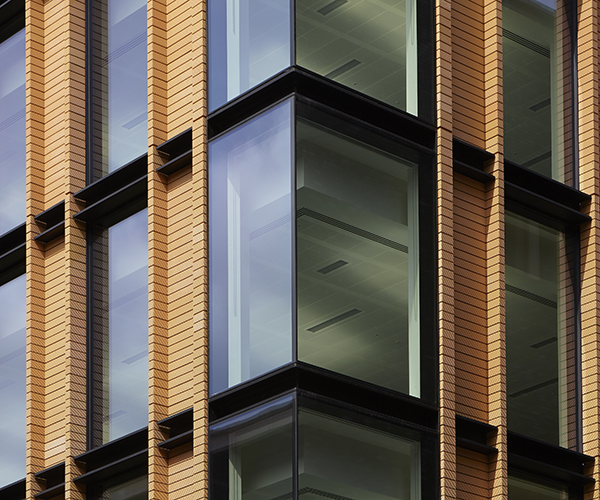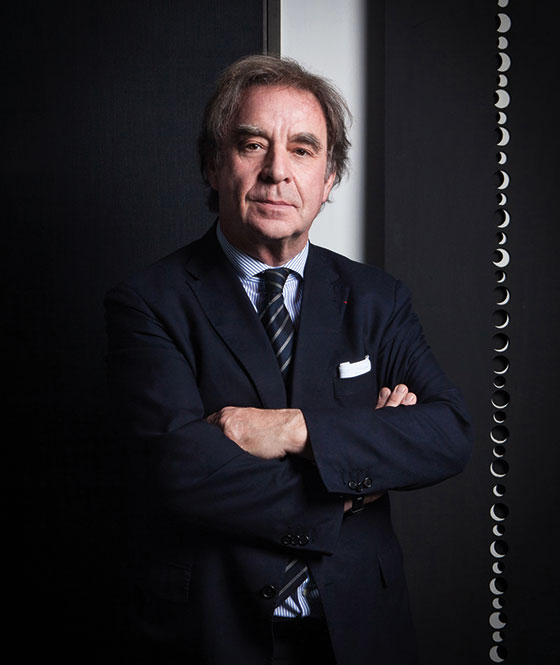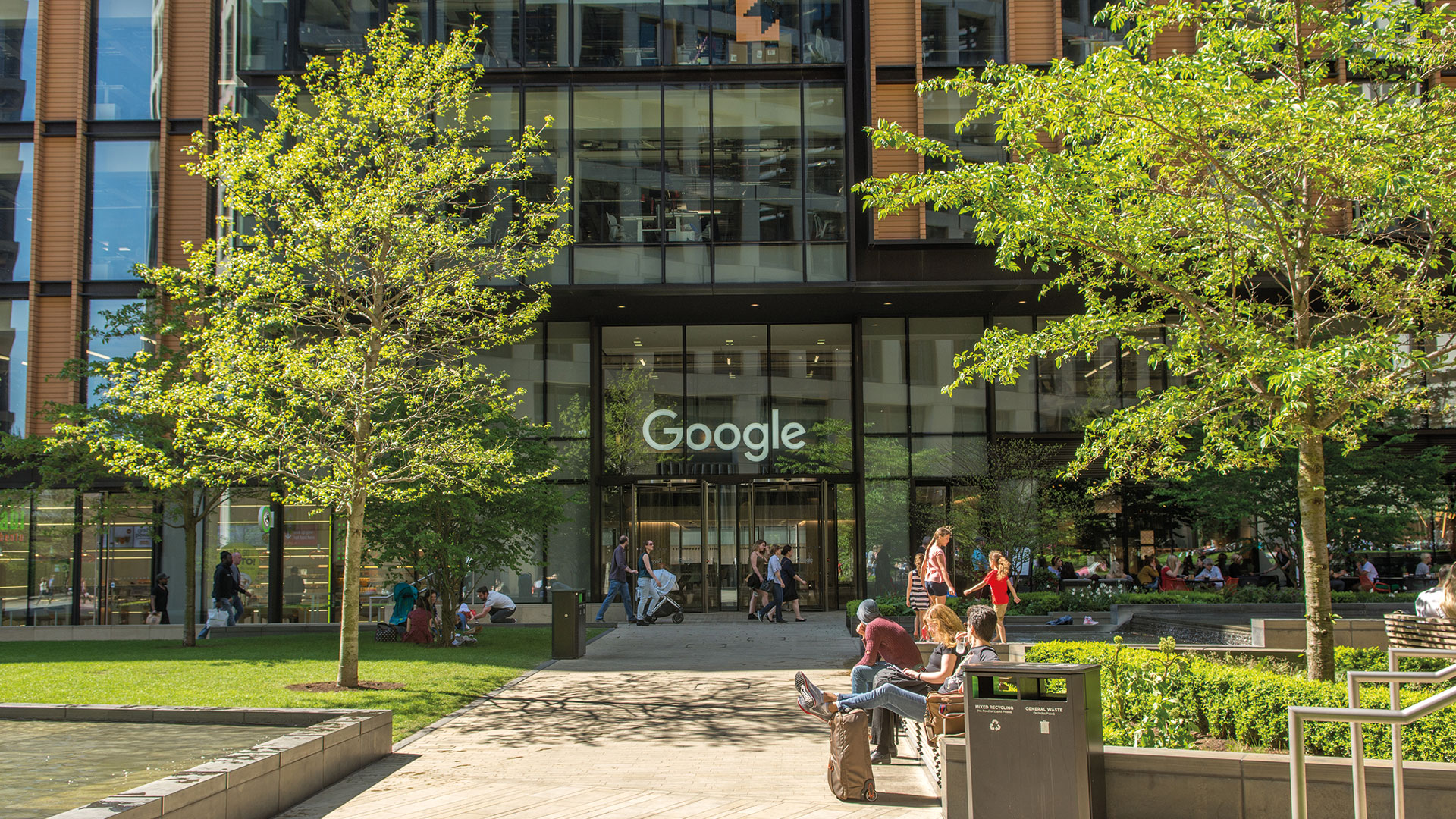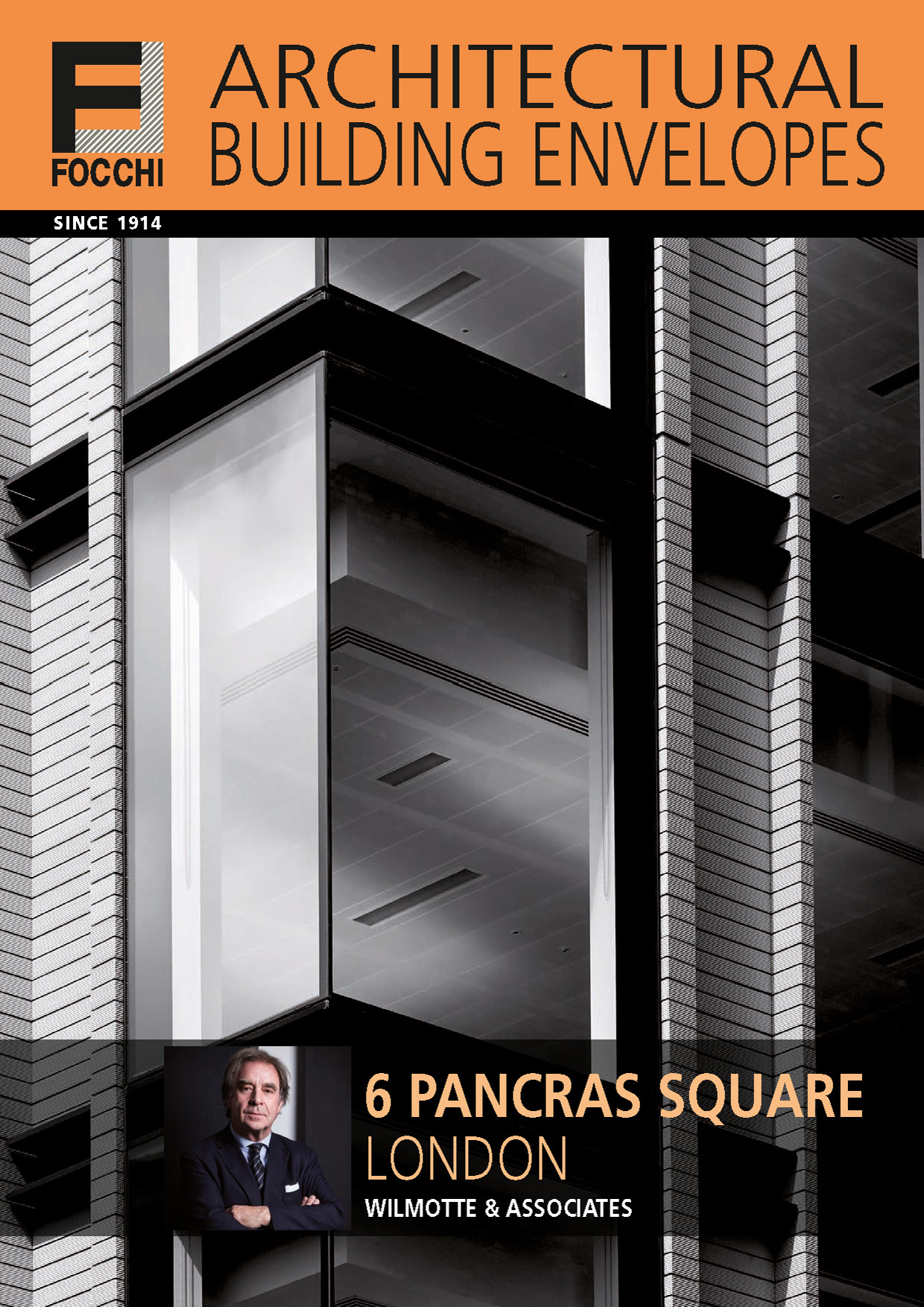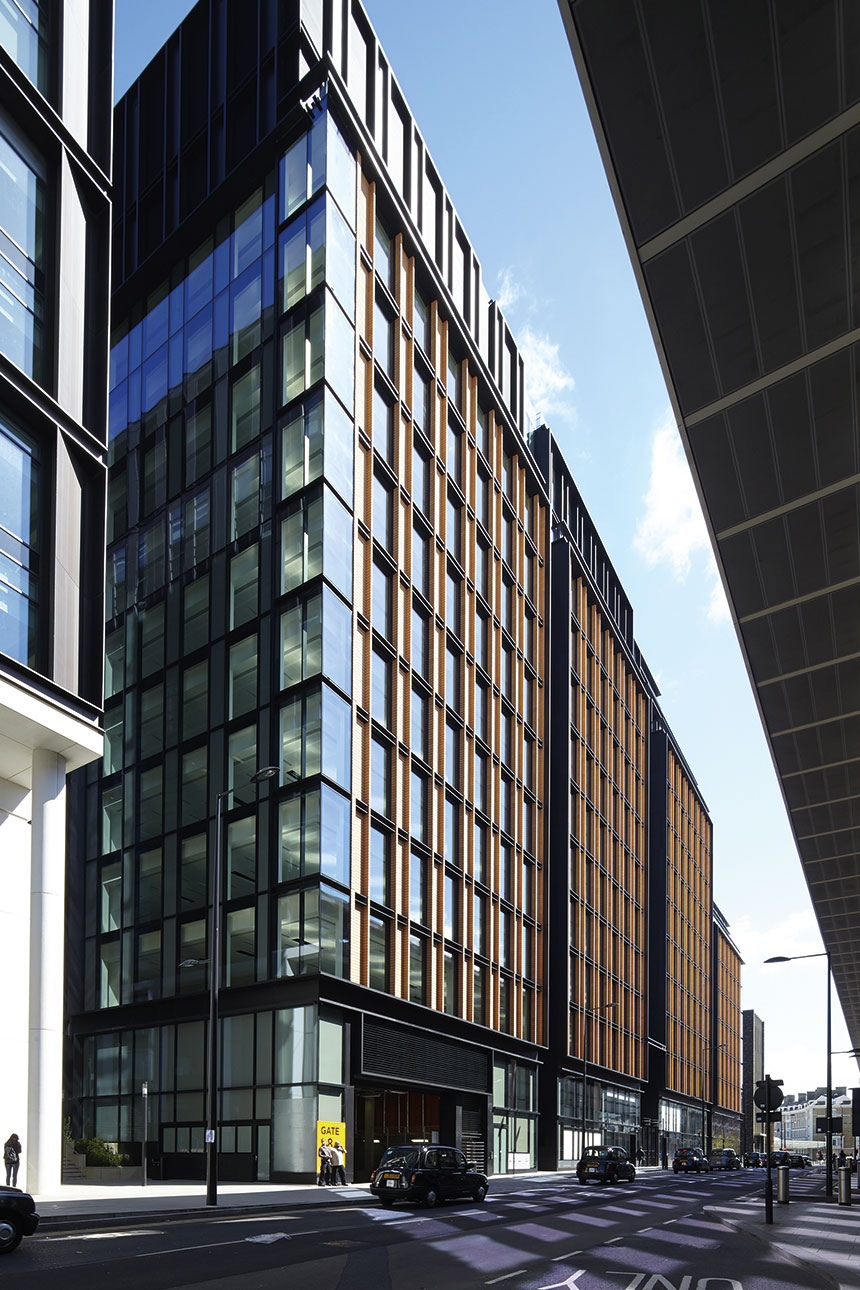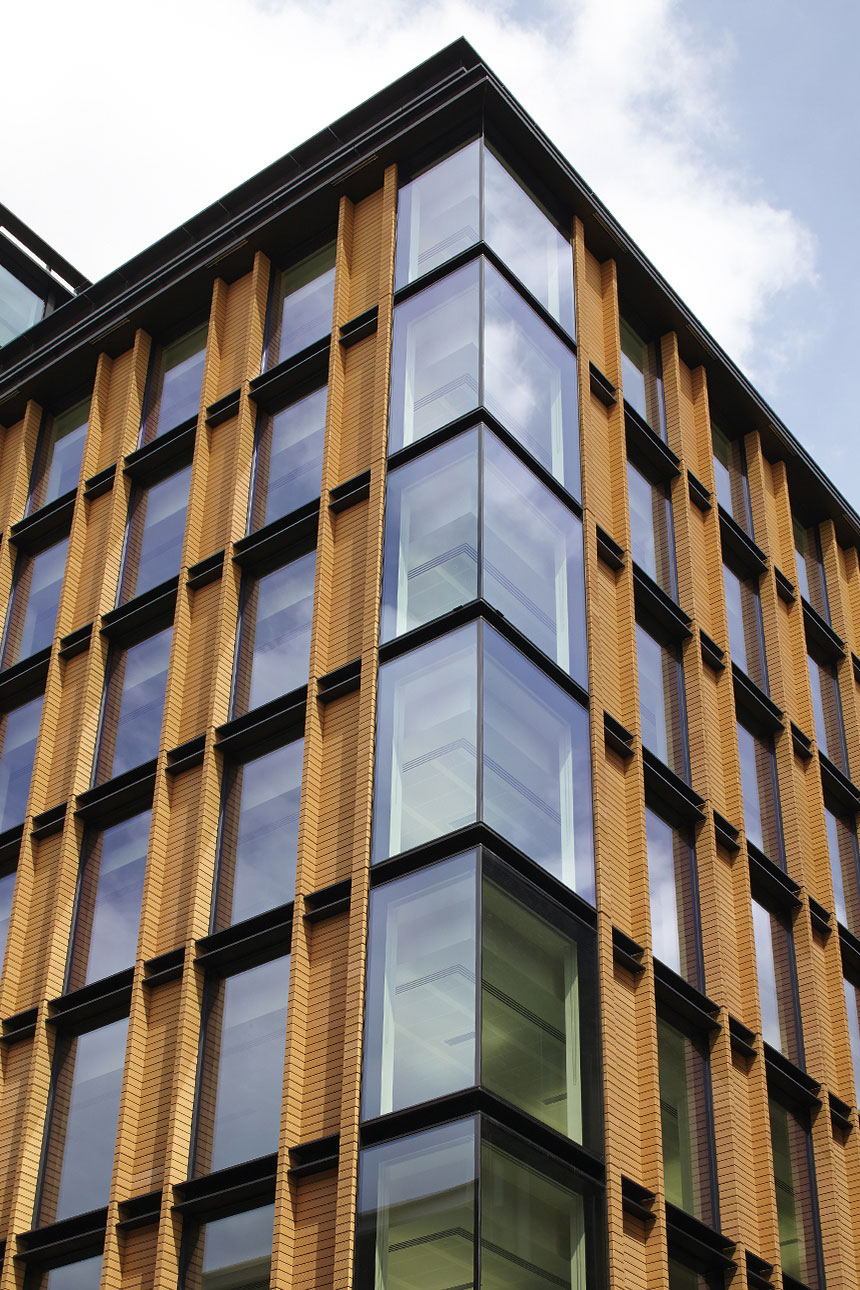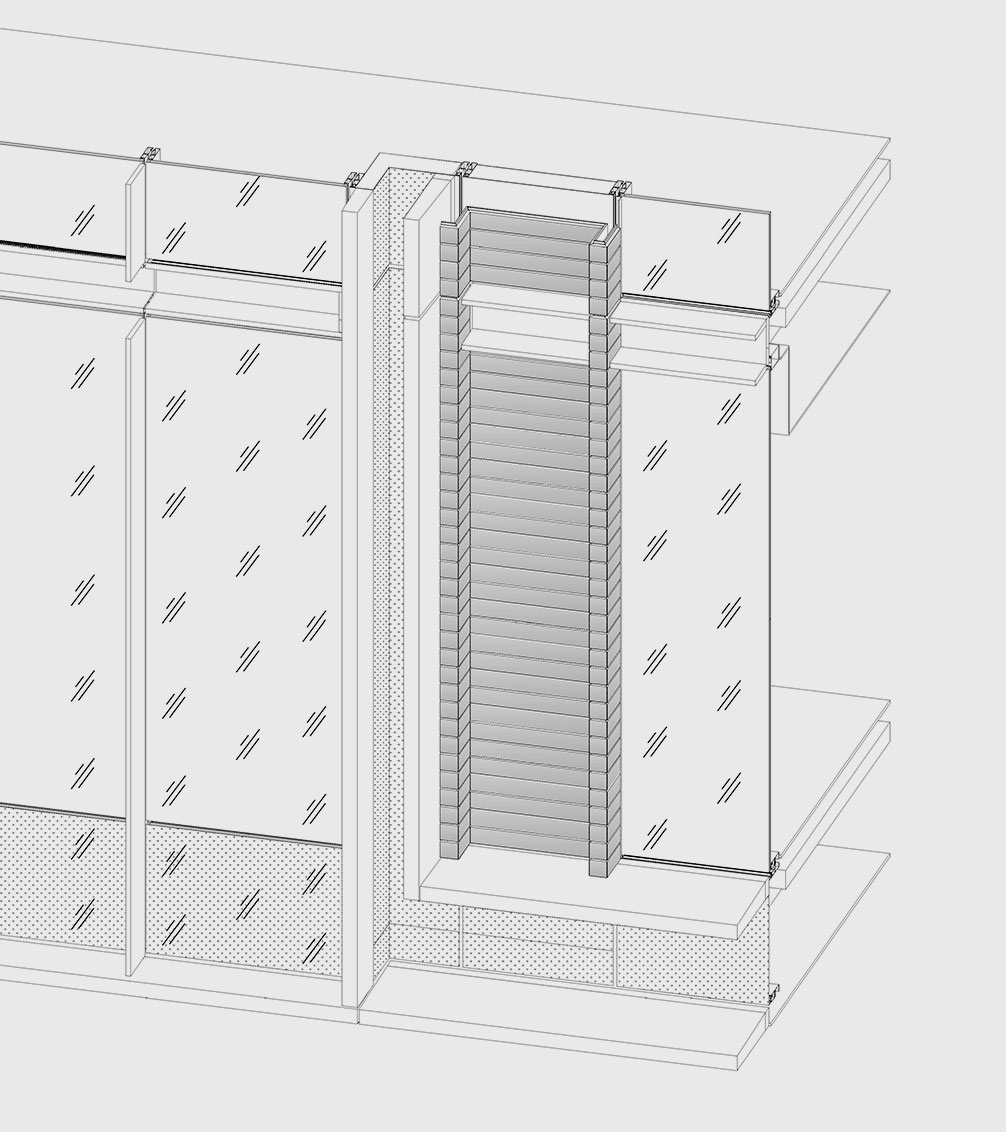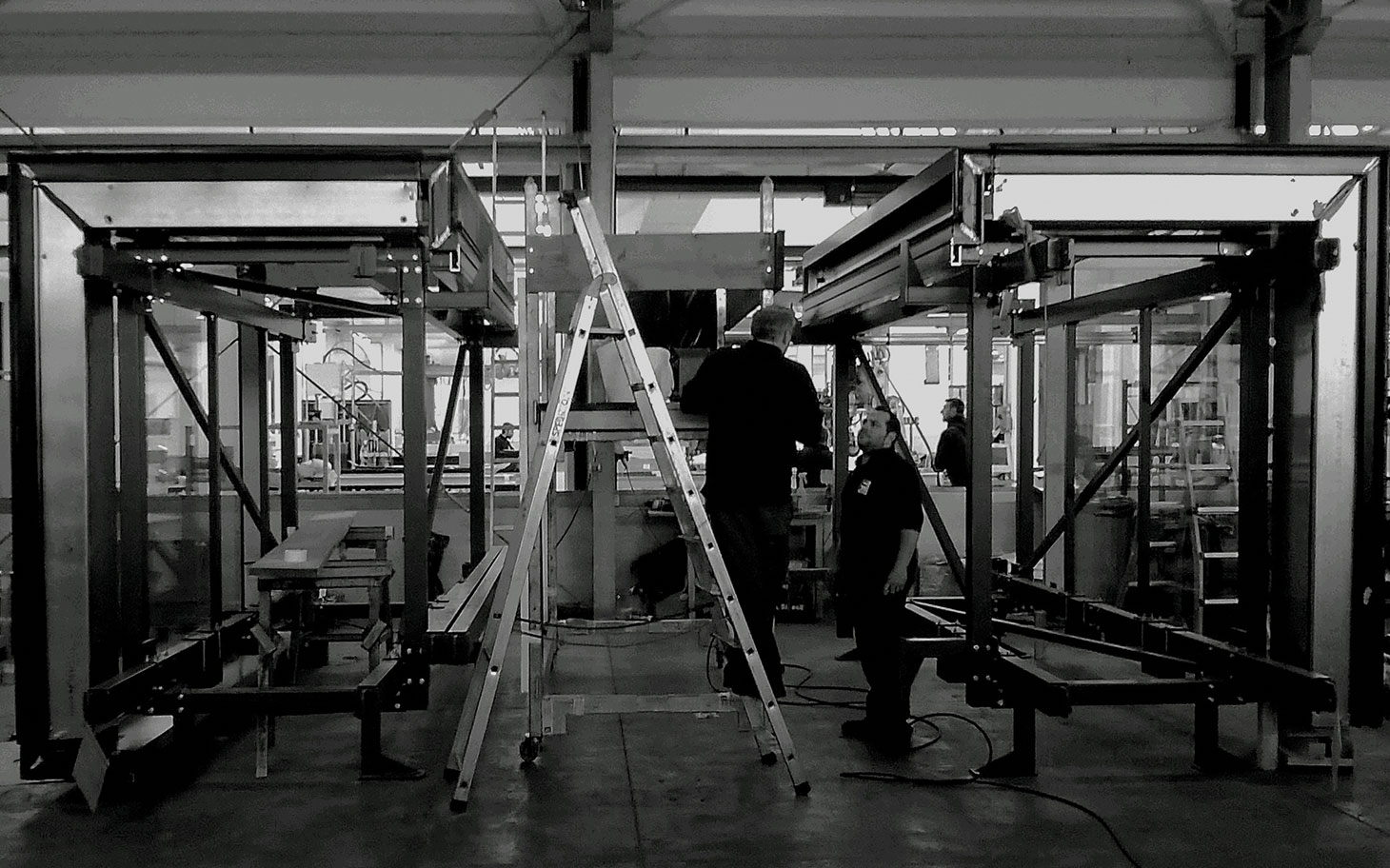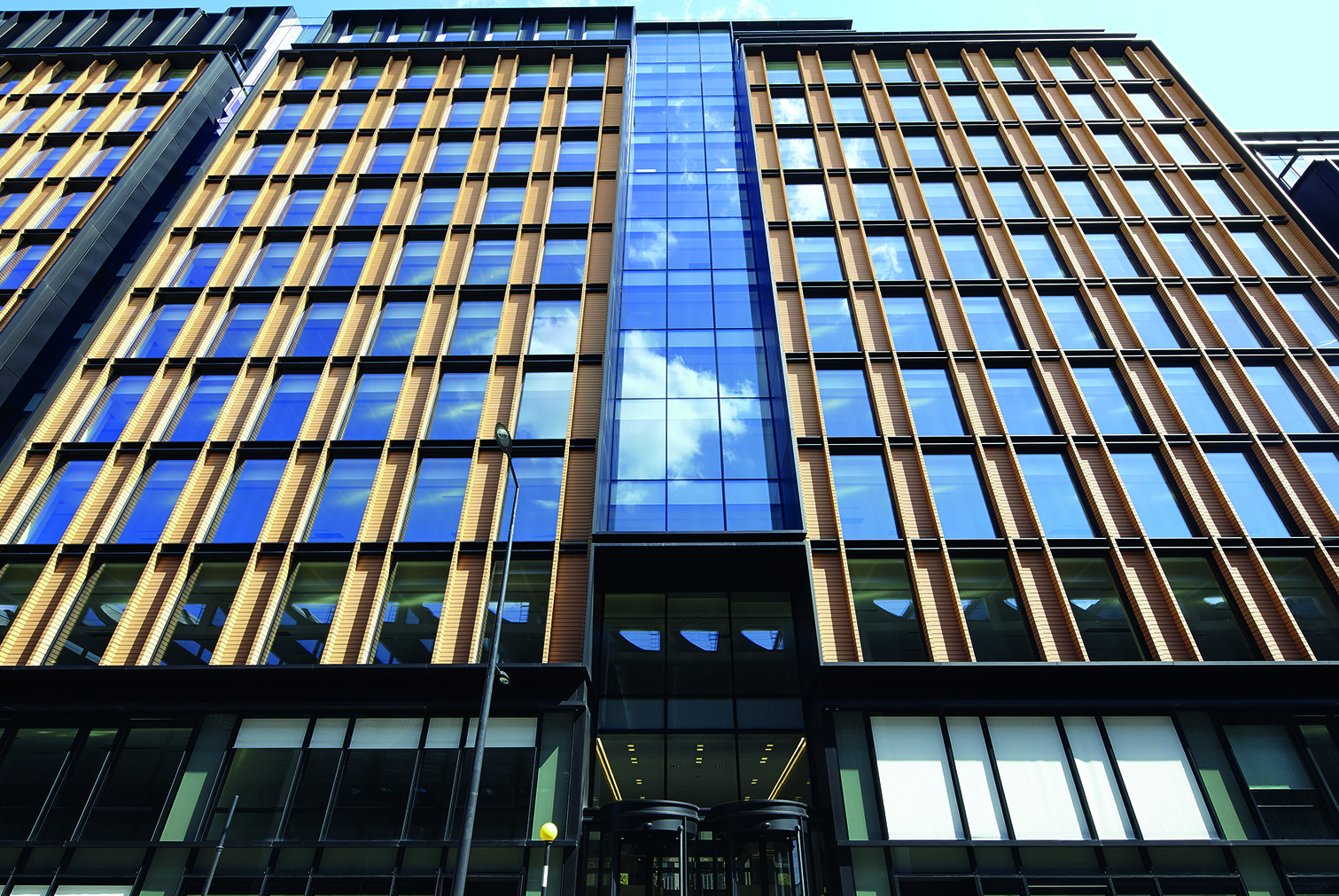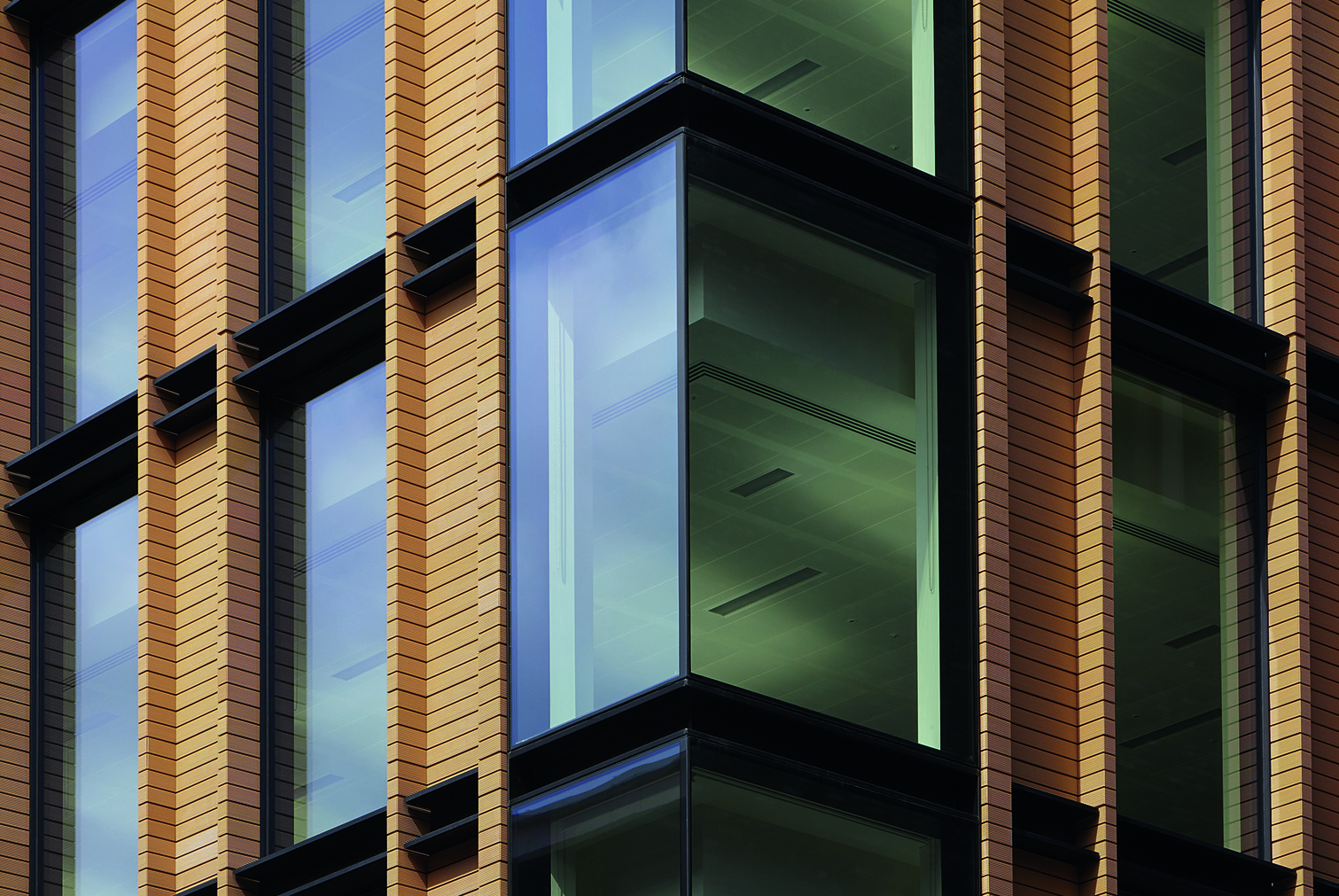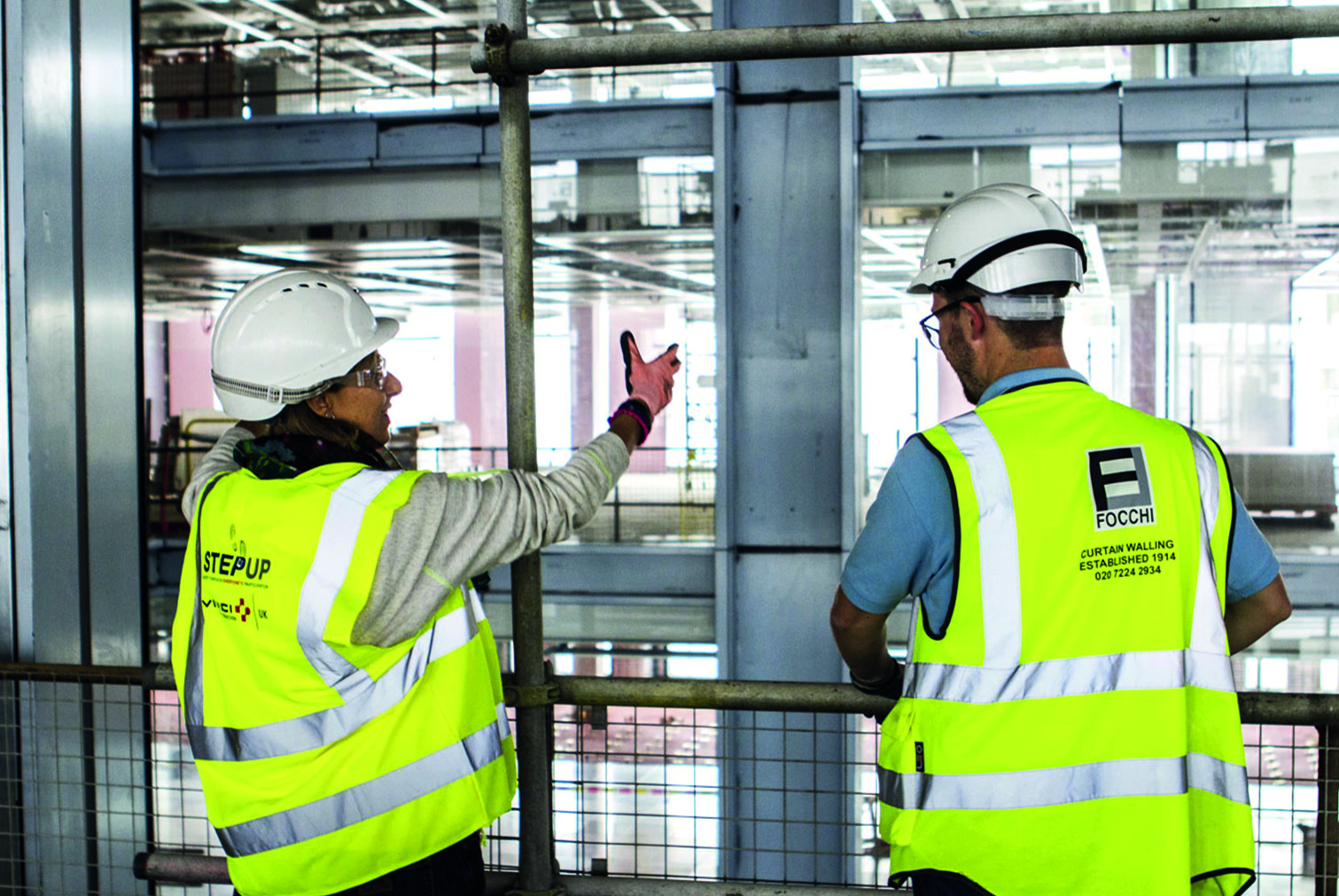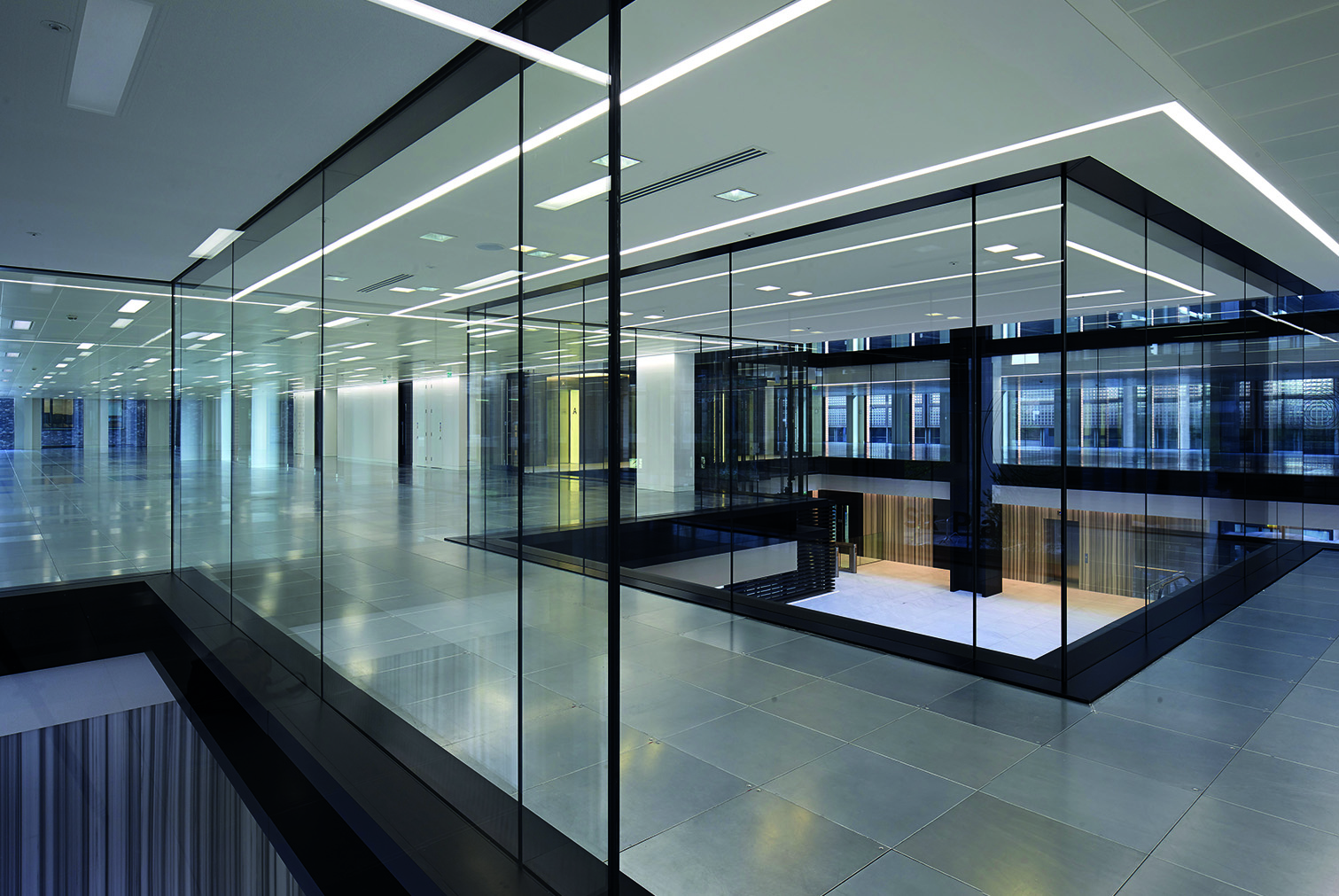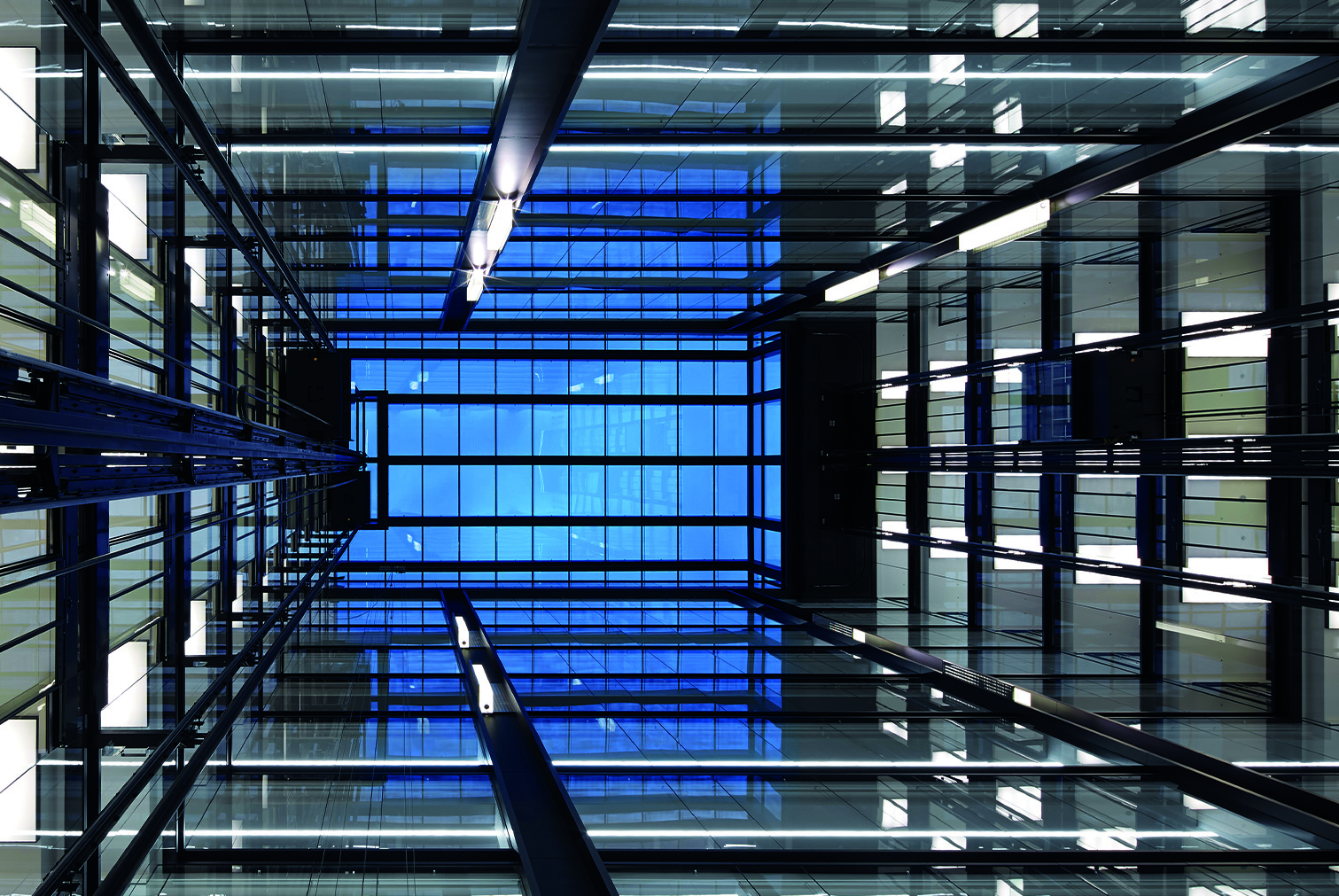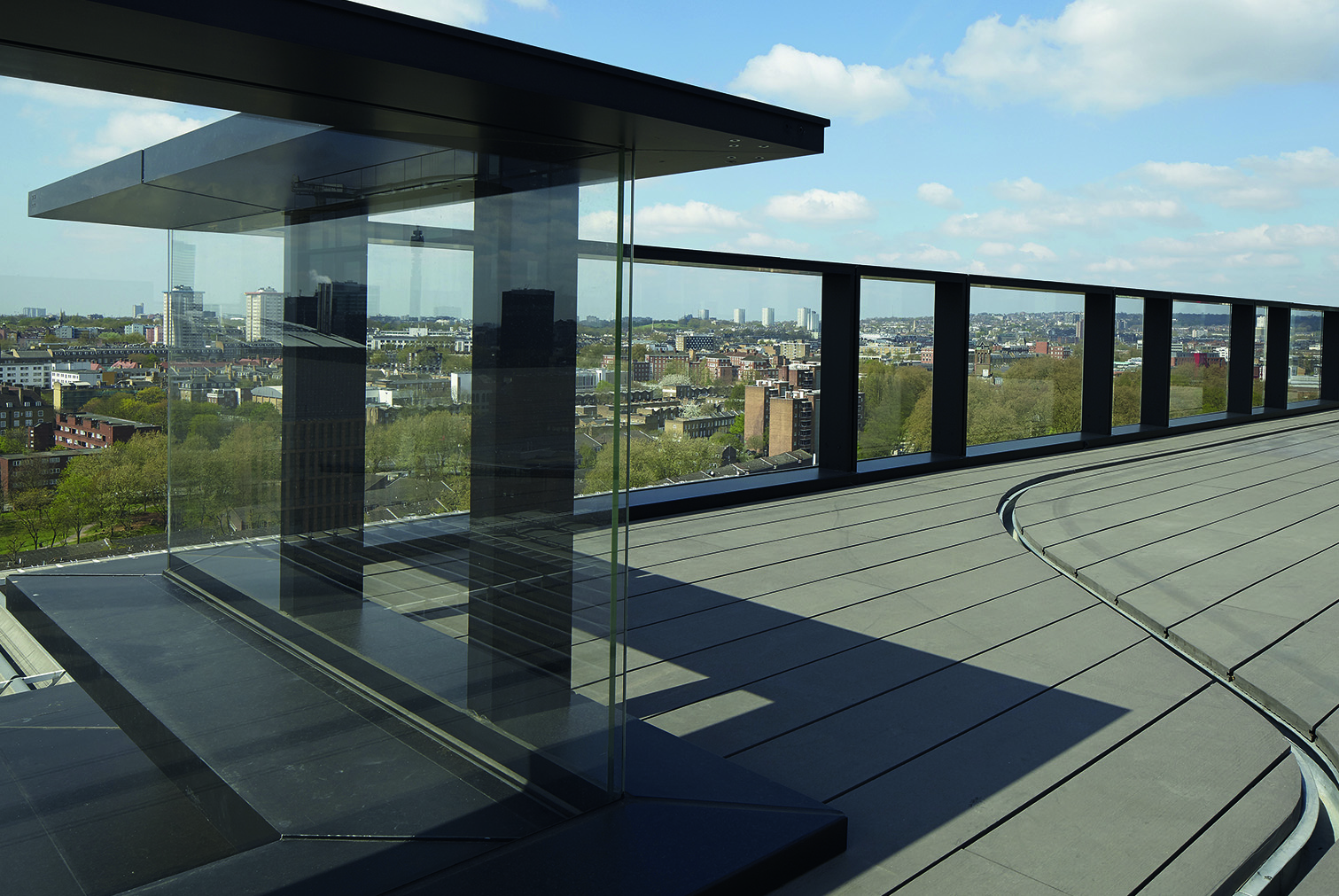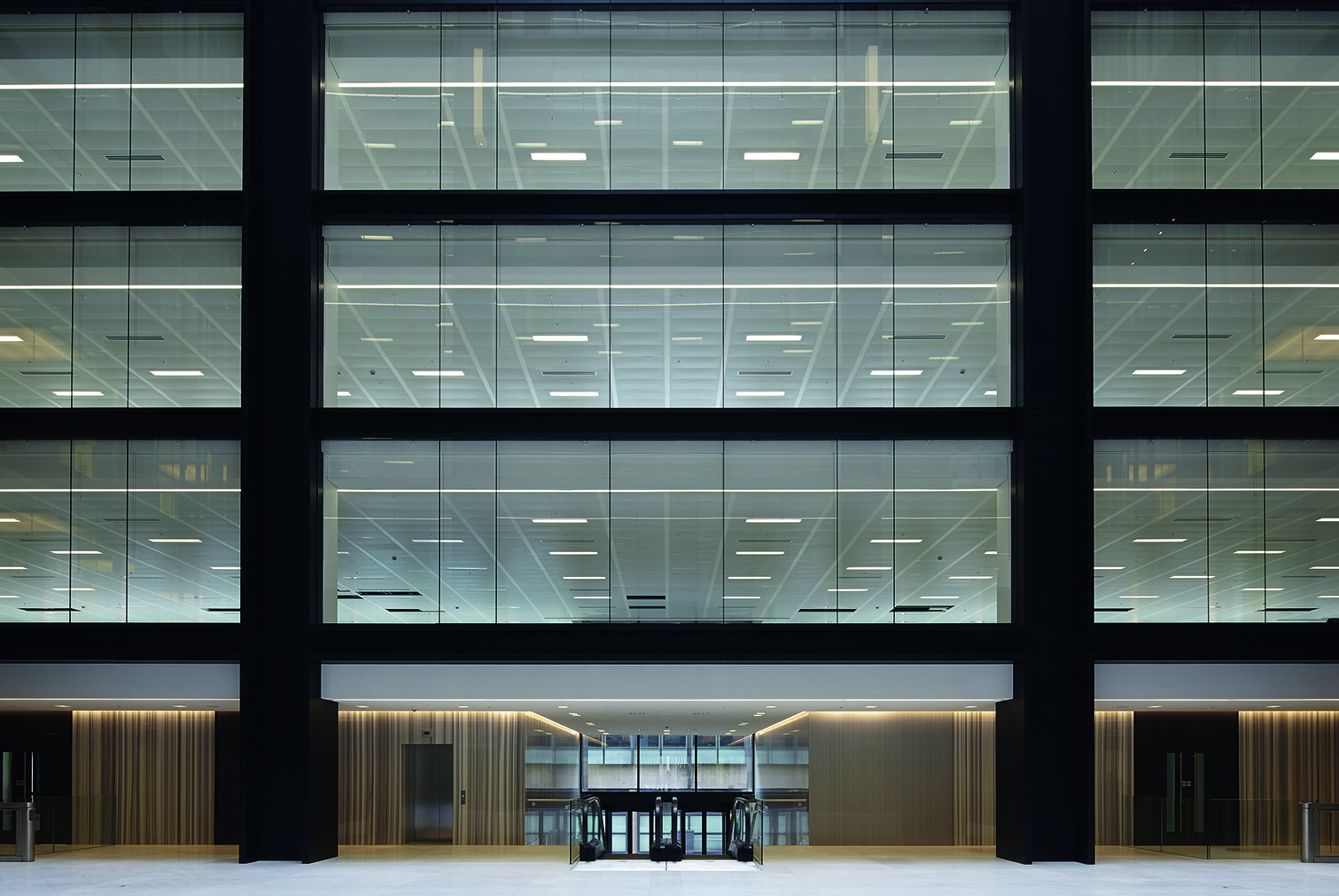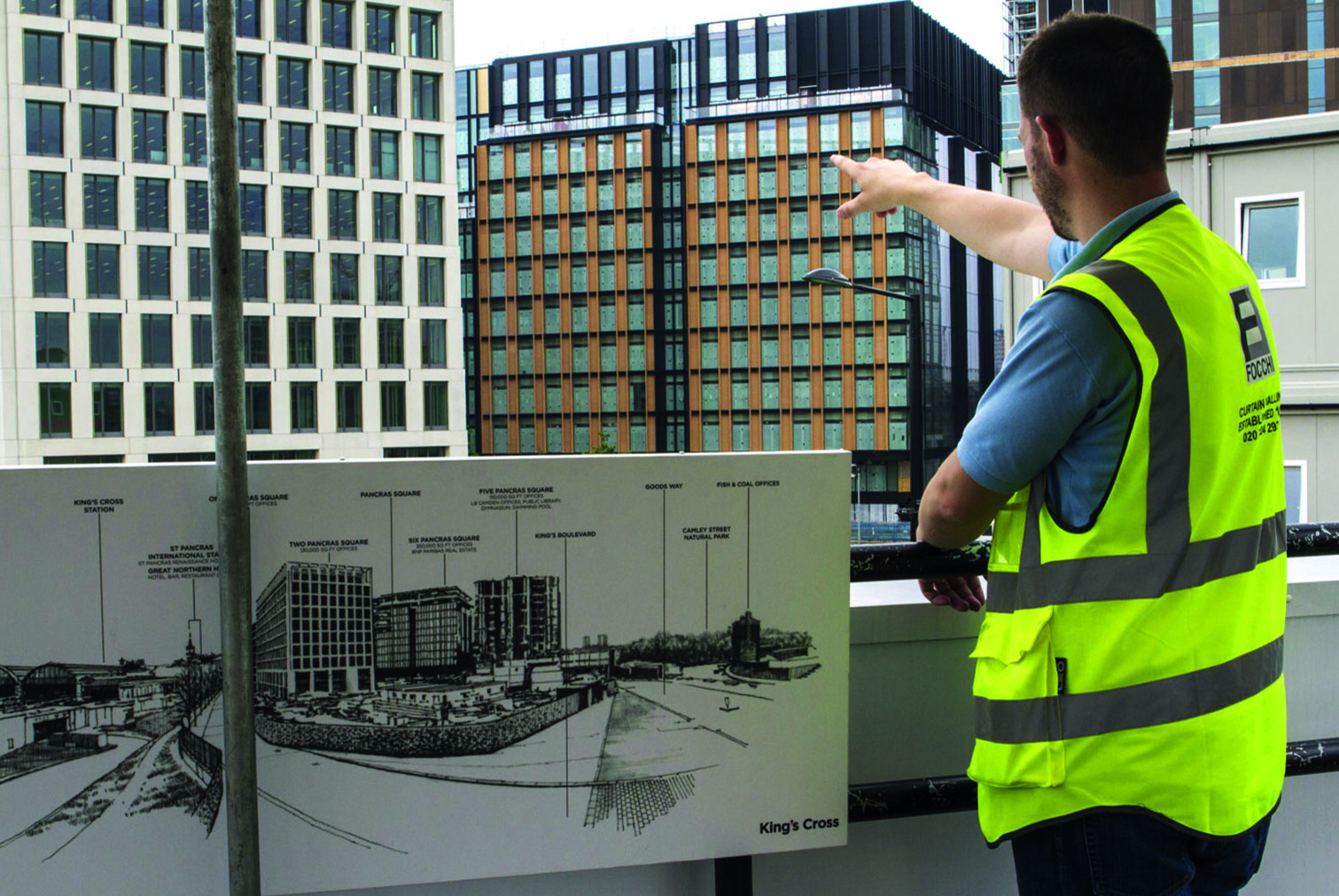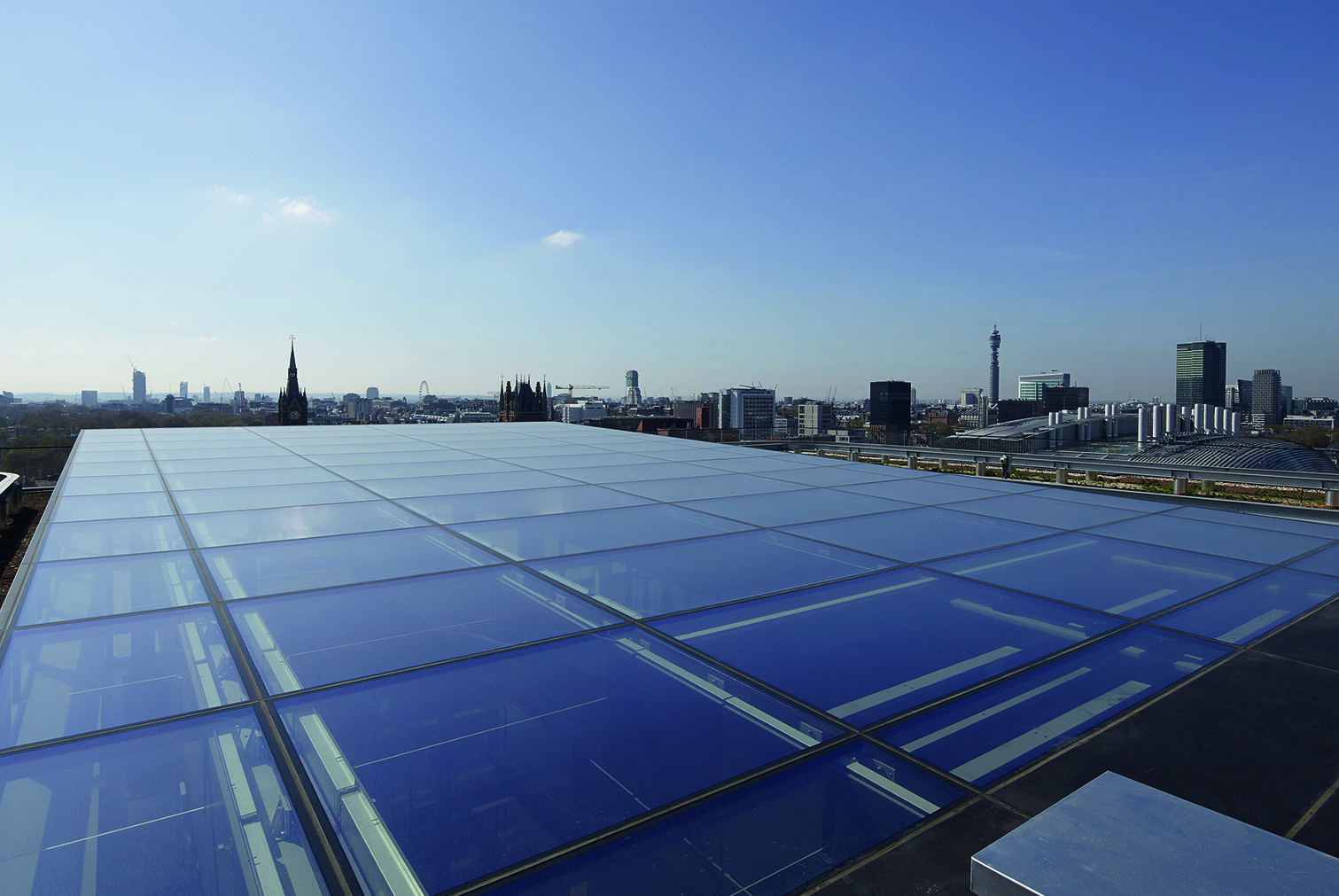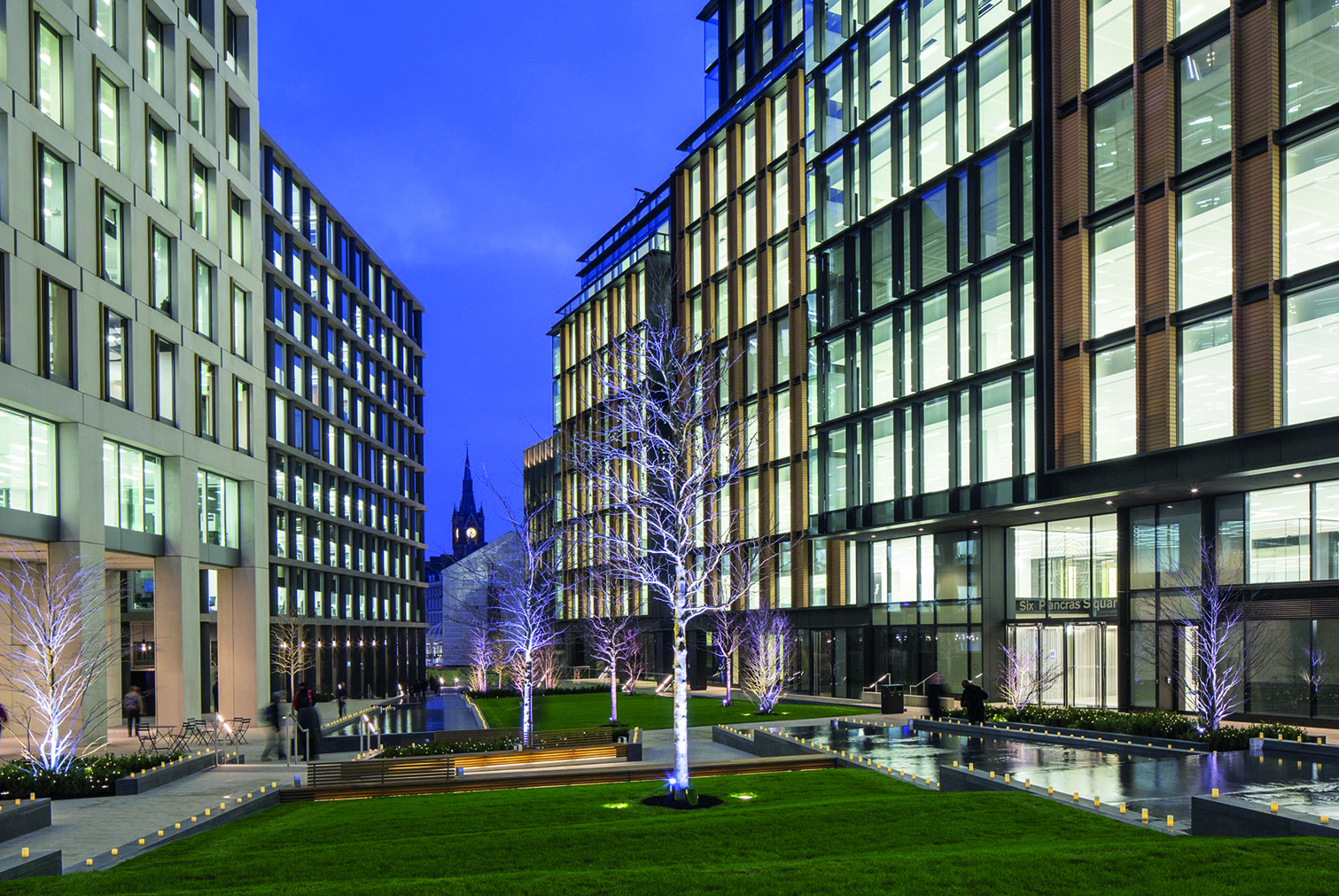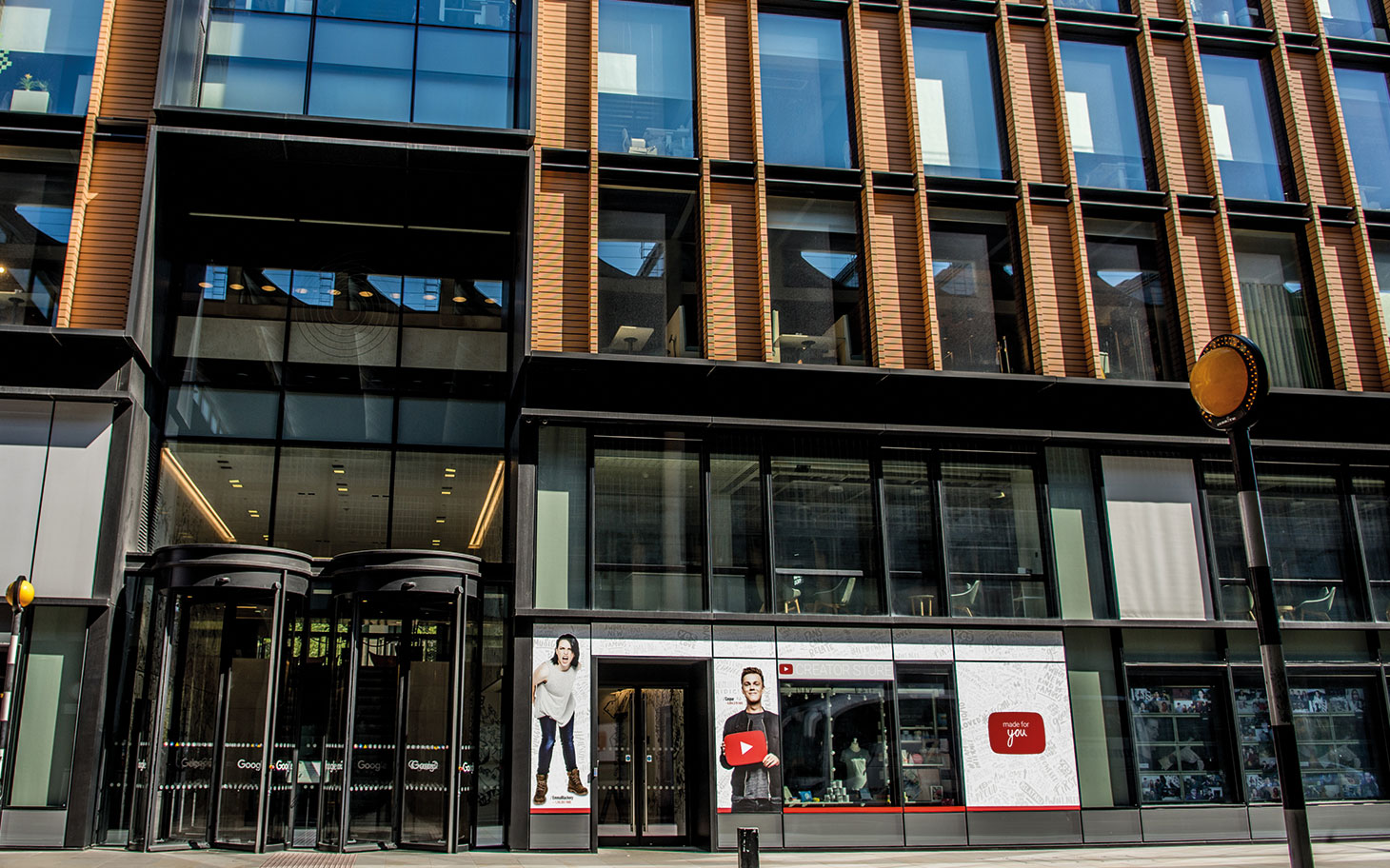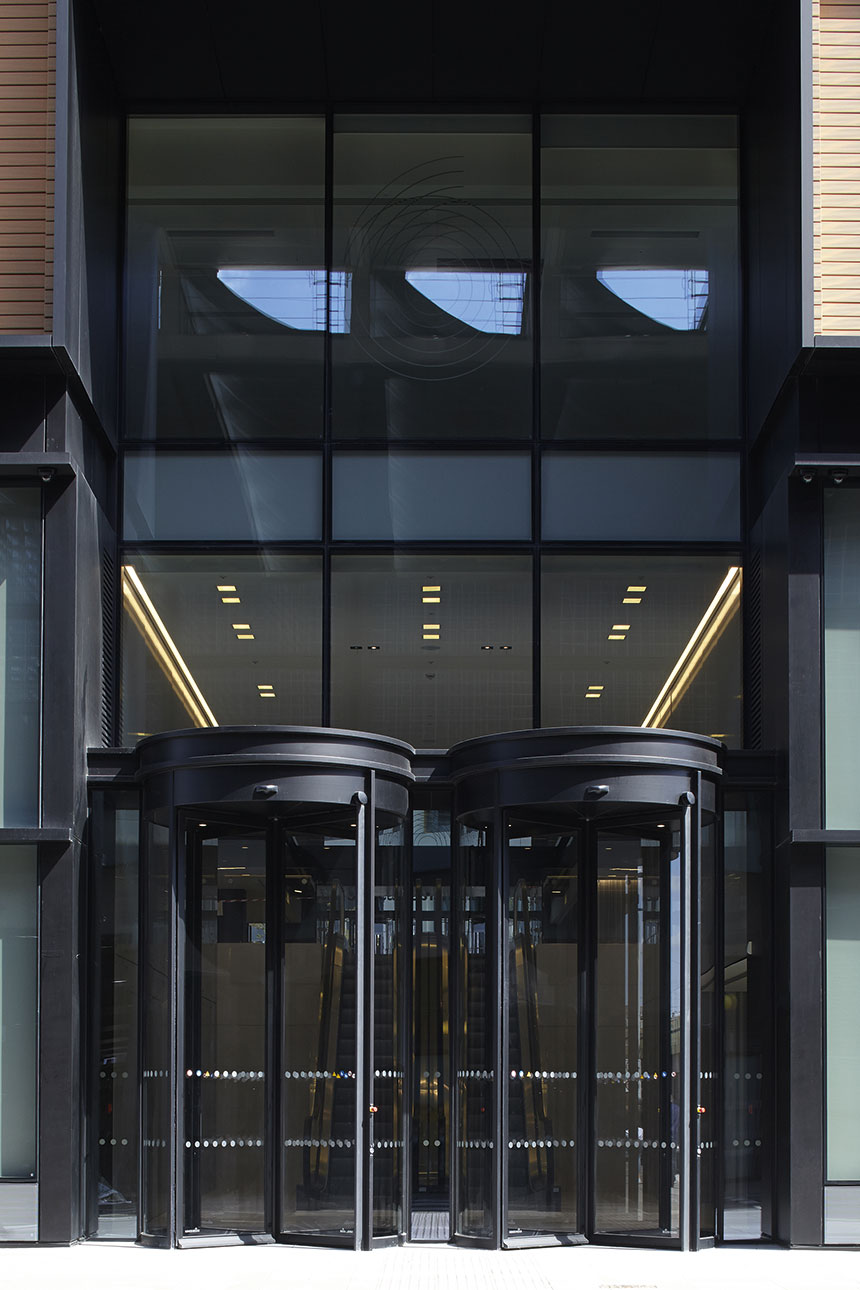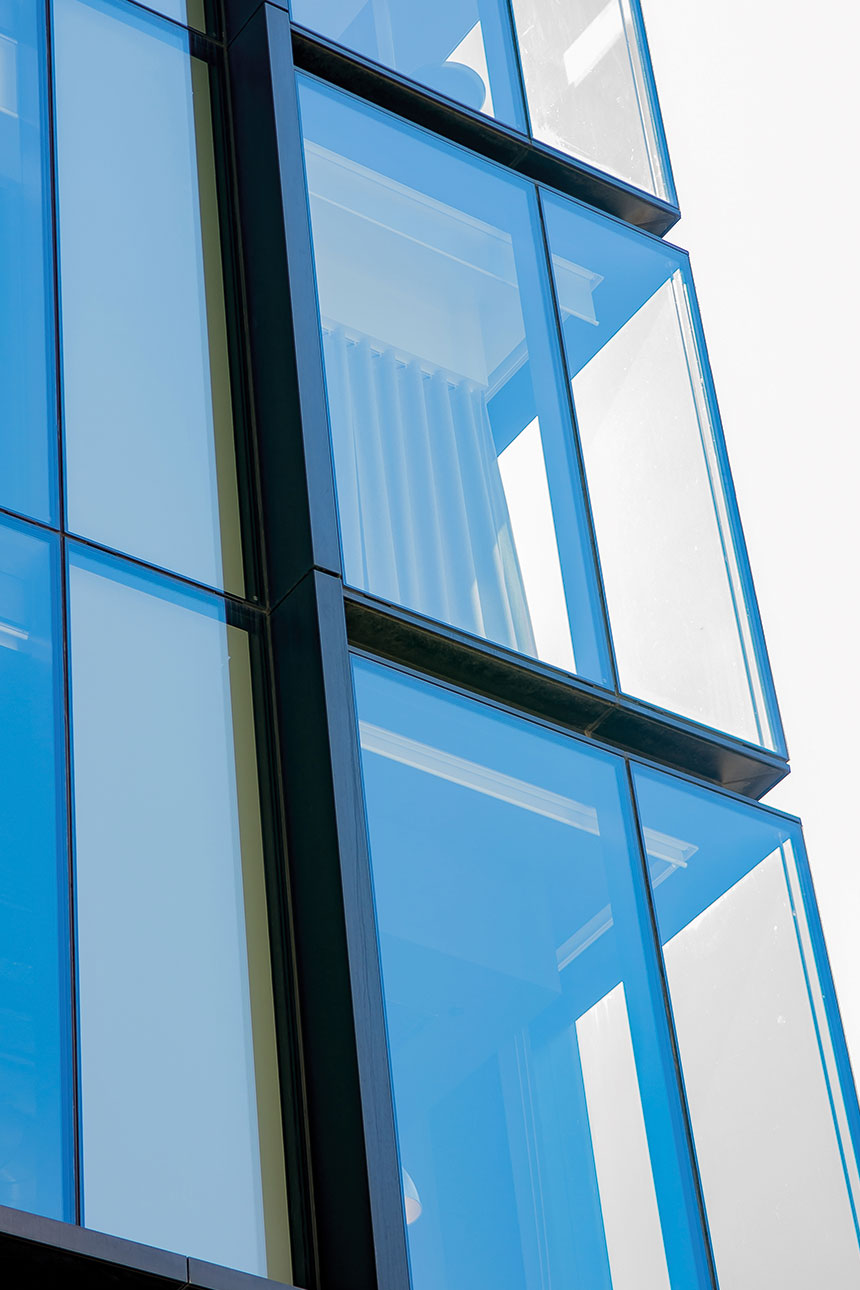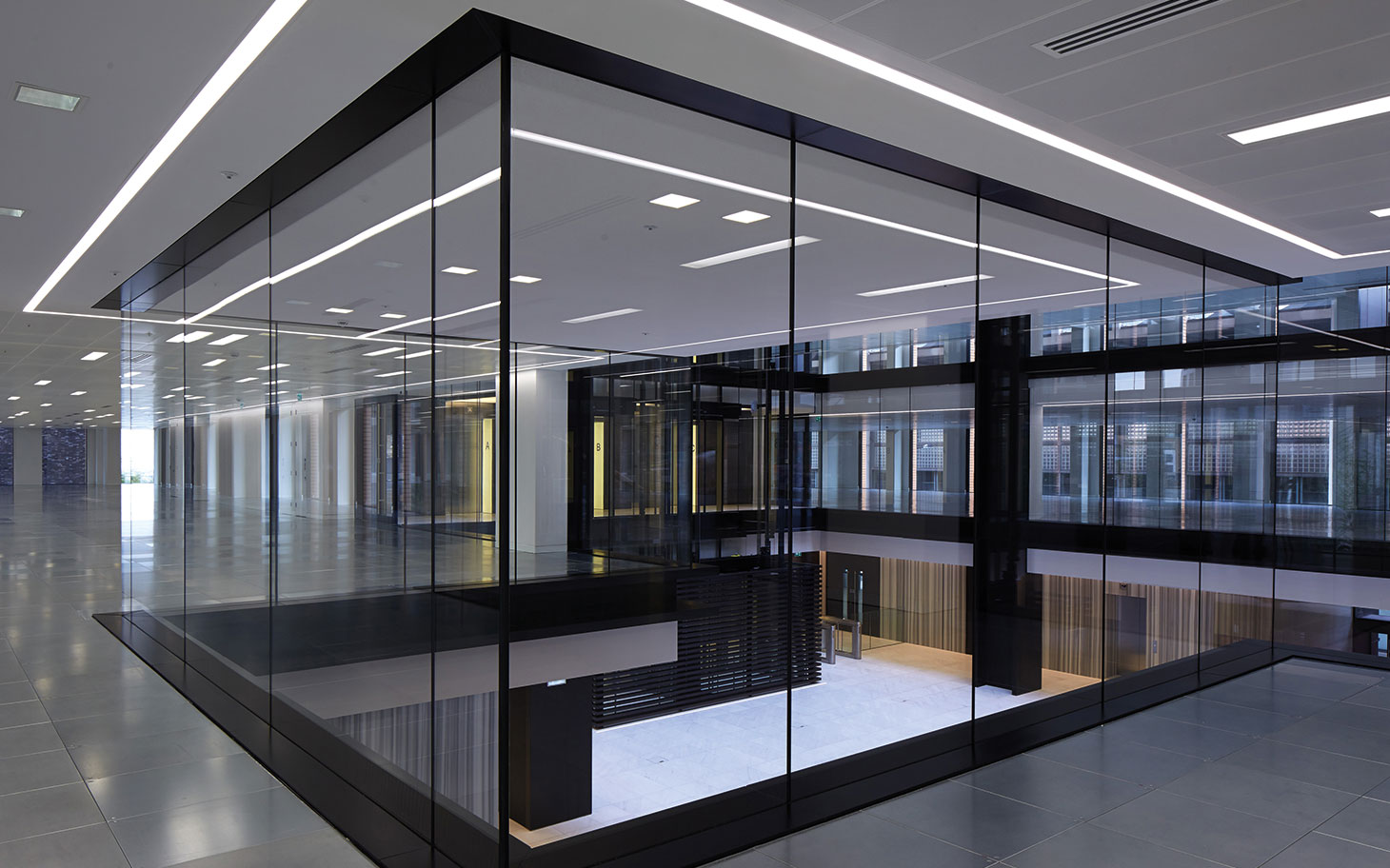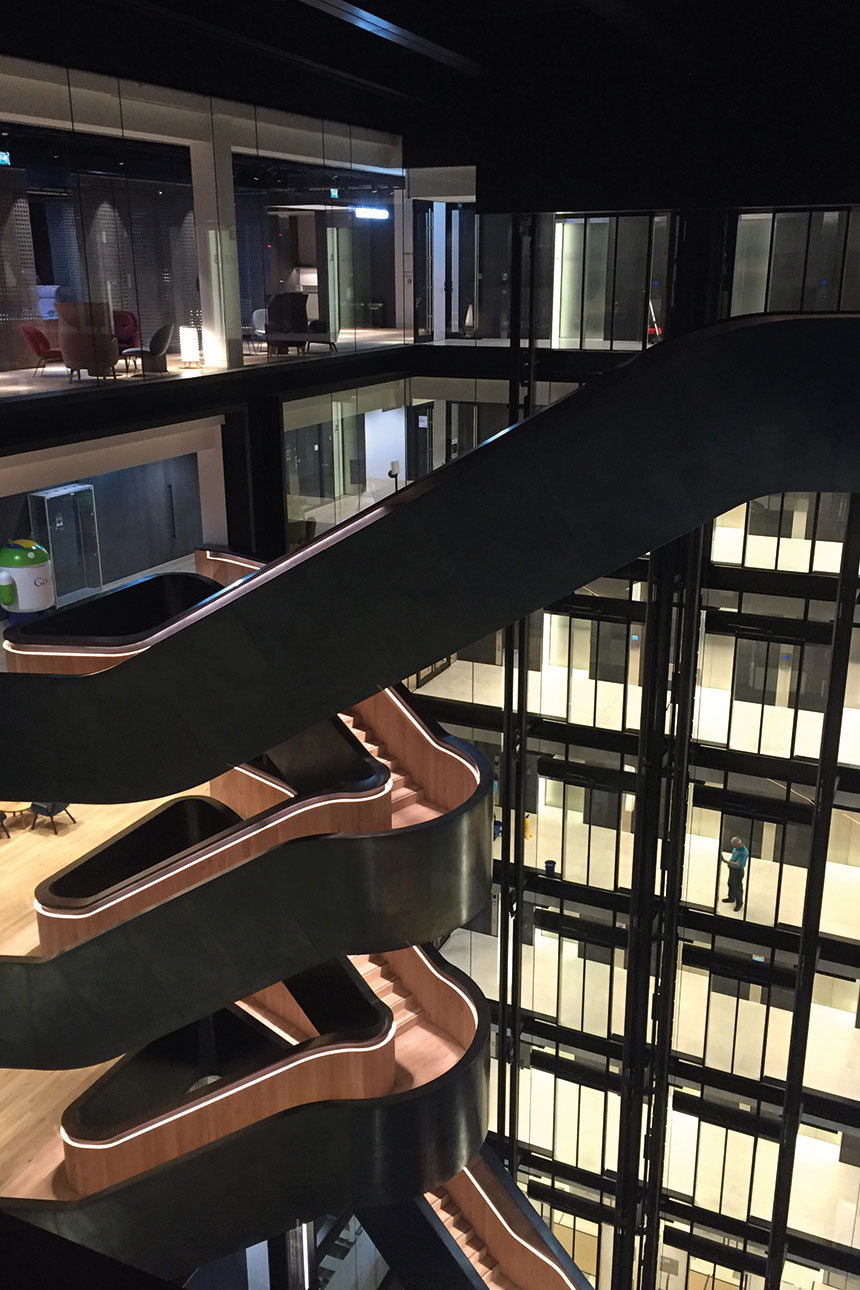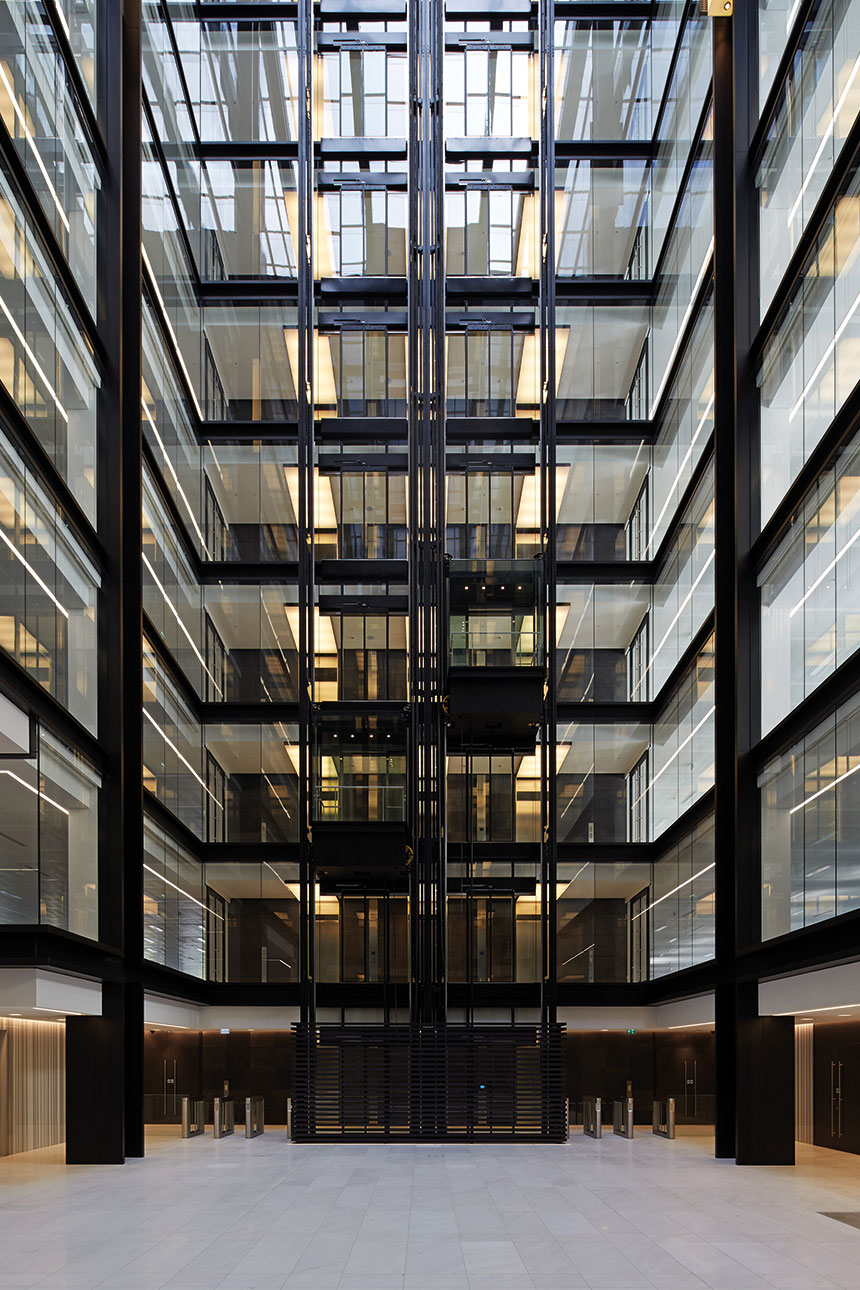Born in Soissons (Picardy) in 1948, Jean-Michel Wilmotte studied interior design at the Camondo school of interior design in Paris. Just two years after graduating, he founded his own practice in Paris in 1975. His style influenced a number of personalities including François Mitterrand, who asked him to design part of his private apartments in the Elysée Palace in 1982. Soon after, the mayor of Nimes, Jean Bousquet, commissioned the redevelopment of the city hall and the Museum of Fine Arts. Jean-Michel Wilmotte earned his degree in architecture in 1993, allowing him to work on large scale and to develop the concept of "interior design of cities", while maintaining the same attention to the use of "noble materials and extreme attention to finishes" notable in his smaller scaled works. Over the years, the practice has diversified and now operates primarily in five key areas: architecture, interior design, museology, urbanism and design. The attention to details allows Jean-Michel Wilmotte and his team to work from the smallest to the largest scale: moving from a house to a skyscraper, from a shop to a corporate headquarters, from a gallery of art to a museum, and from street furniture to urban design. At present the practice Wilmotte & Associates has 185 employees. It has now taken a clear international and multicultural dimension, with projects in over twenty countries around the world. The Firm is now established in four locations: one in Paris, one in Sophia-Antipolis, one in London and one in Seoul. In 2005, the Wilmotte Foundation was created to promote the urban graft through the W Prize, with the goal of helping and encouraging young architects. In 2010, according to a study by UK magazine Building Design, the practice is listed in the world ranking of the 100 largest architecture firms.
